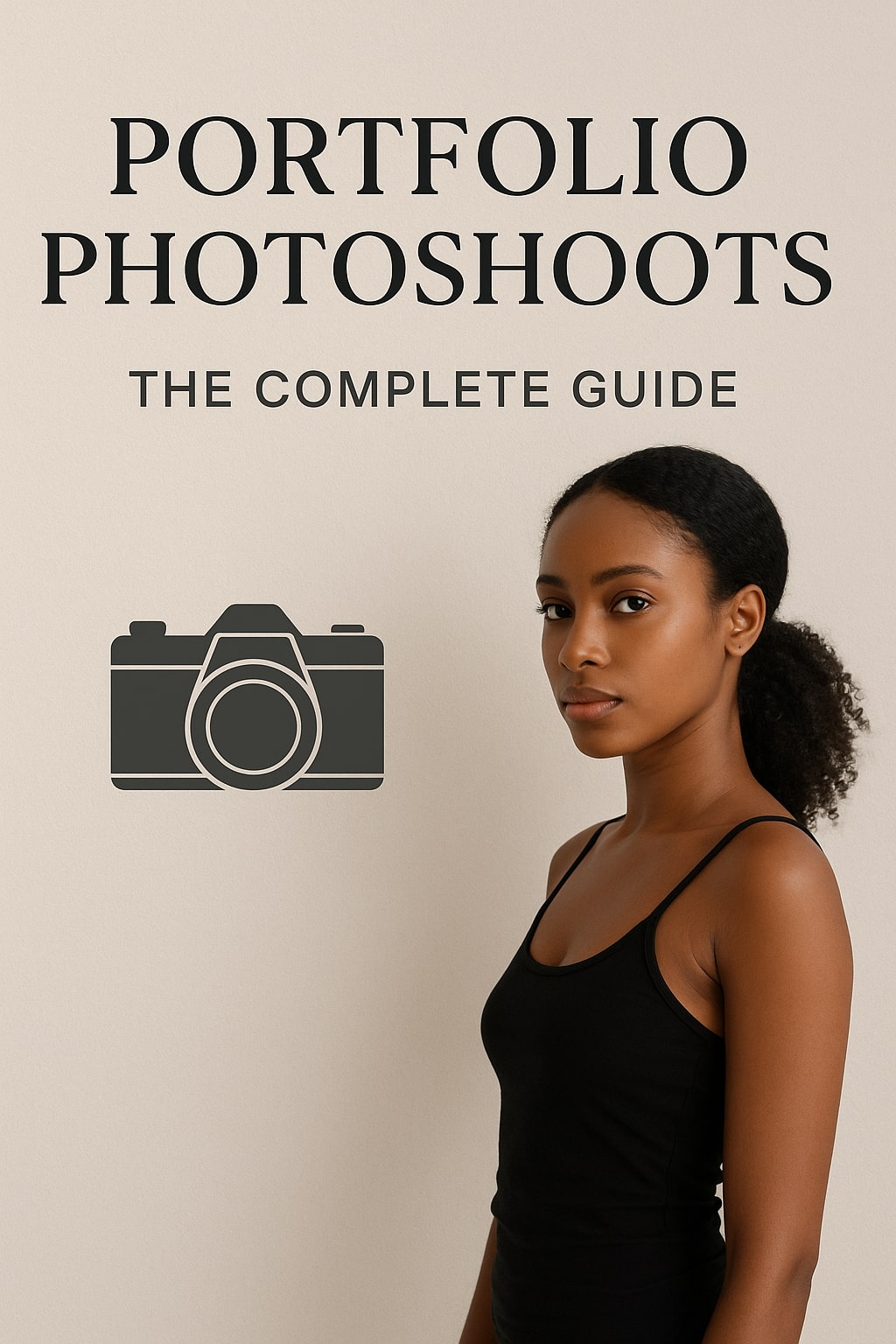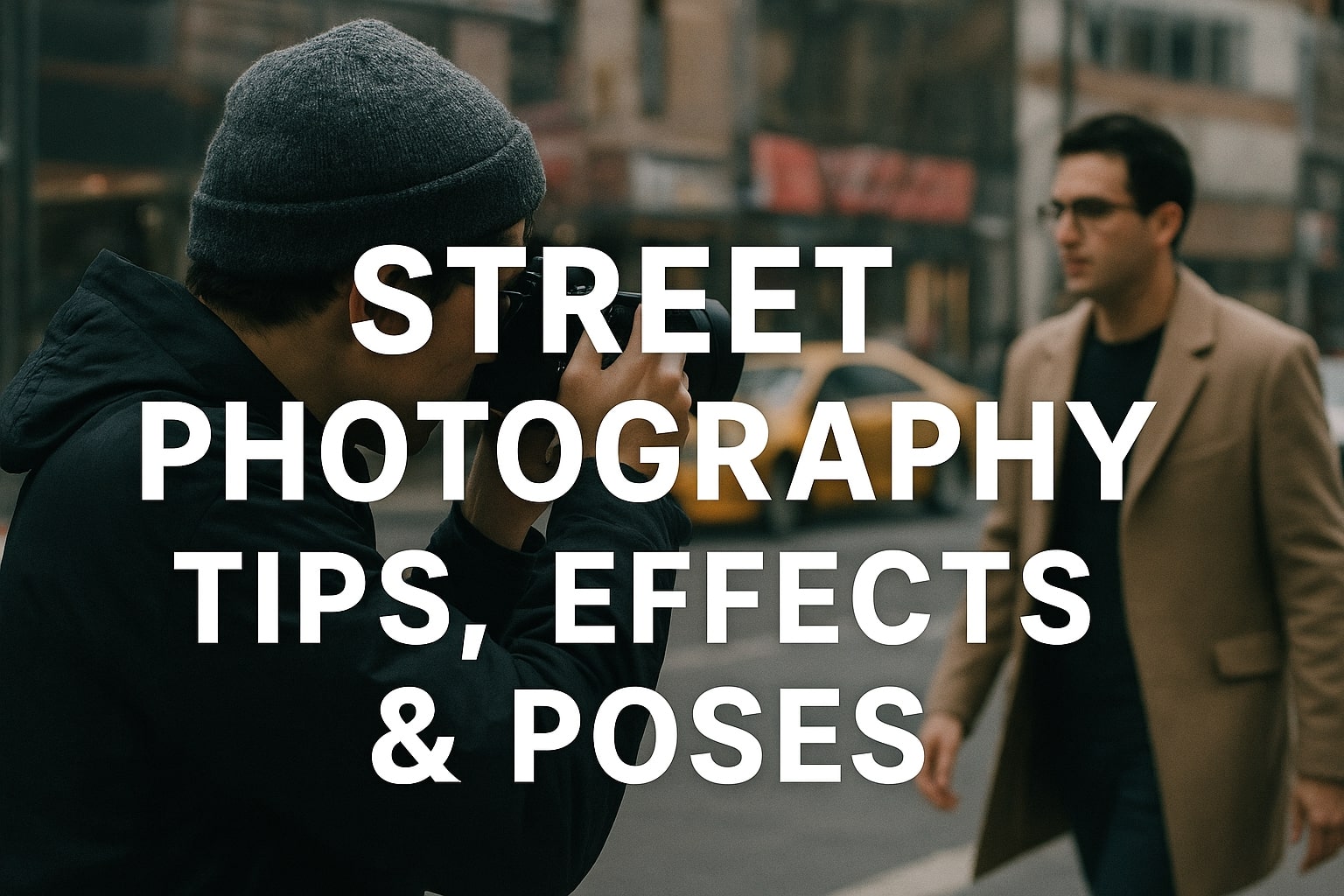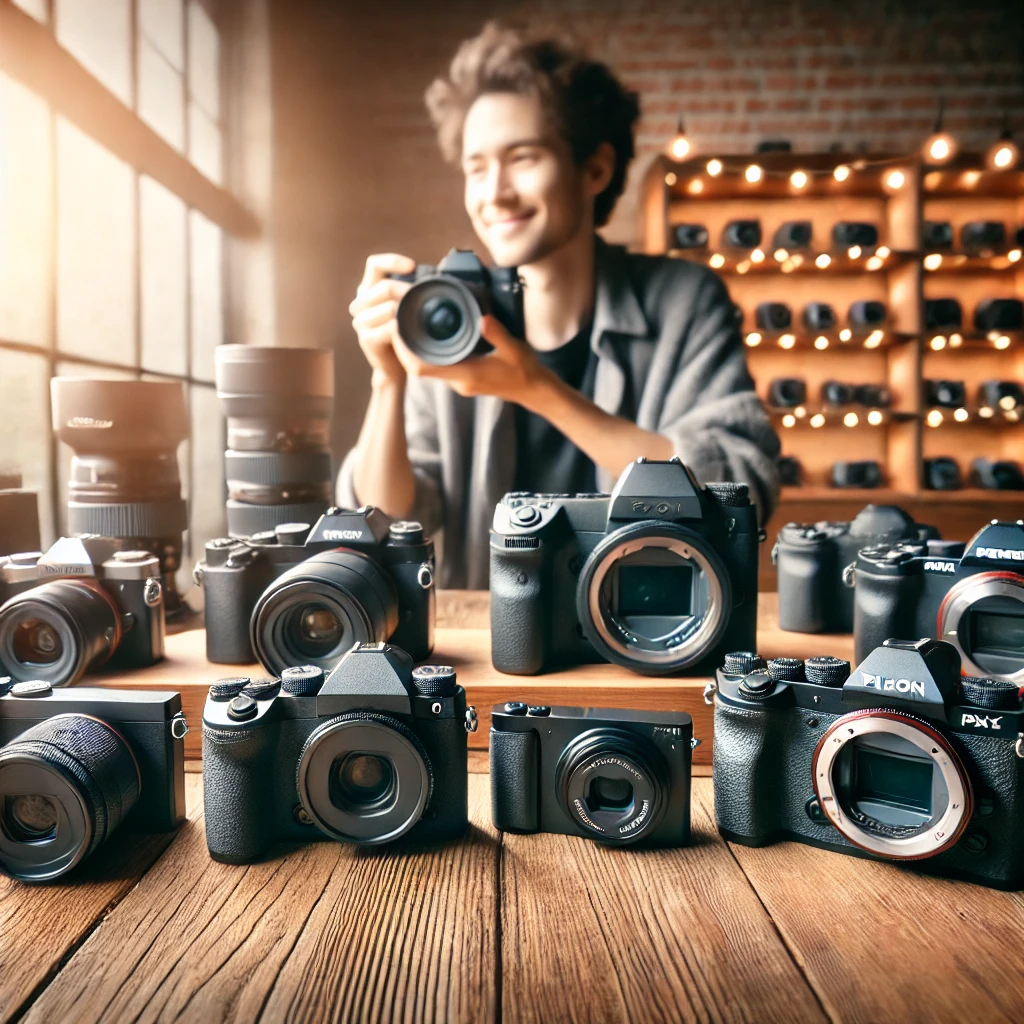In the ever-evolving world of product photography, detail matters. Every texture, every tiny engraving, every curve can influence a customer’s decision. That’s why Macro Lenses have become indispensable tools in the modern photographer’s kit. Their precision, clarity, and ability to reproduce minute product details with lifelike accuracy make them the ultimate weapon for eCommerce, jewelry, cosmetics, and tech gadget photography. This guide will take you on a deep dive into the realm of macro lenses, providing high-value insights into their types, uses, settings, lighting setups, and more.
Table of Contents
- What is a Macro Lens?
- Why Macro Lenses are Ideal for Product Photography
- Key Specifications to Consider
- Types of Macro Lenses Explained
- Top Macro Lenses for 2025
- Choosing the Right Macro Lens for Your Product Type
- Best Camera Settings for Macro Photography
- Advanced Lighting Techniques
- Composition Tips for Macro Product Photography
- Post-Processing Tips for Macro Images
- Common Mistakes and How to Avoid Them
- Real-World Use Cases: Macro Lens in Action
- Cost vs Value: Is It Worth the Investment?
- Maintenance Tips for Long Lens Life
- Final Thoughts
- FAQs
1. What is a Macro Lens?
A macro lens is specifically engineered to capture close-up shots with incredible detail. It offers a 1:1 magnification ratio, meaning the subject is captured on the sensor at life-size. This is essential when photographing products like jewelry, watches, or miniature items where the viewer needs to see intricate details up close.
2. Why Macro Lenses are Ideal for Product Photography
Enhanced Detail Capture
- Reveals textures: Highlight the stitching on leather, granularity of wood, or sparkle of gemstones.
- Greater precision: Ensures clarity even at close focal distances.
Sharpness and Depth of Field Control
- Sharp edge-to-edge clarity
- Controlled bokeh for clean background separation
Versatility in Product Types
- From coins and skincare to intricate fabrics, macro lenses adapt to various niches.
3. Key Specifications to Consider
Focal Length
- 60mm–105mm: Great for general product shots
- 150mm–200mm: Ideal for maintaining distance while capturing extreme detail
Maximum Aperture
- f/2.8 is common for balancing light and depth of field
Image Stabilization
- Helps avoid blur when shooting handheld
Autofocus vs Manual Focus
- Manual gives control; autofocus is useful in fast-paced setups
4. Types of Macro Lenses Explained
Standard Macro Lenses
These are versatile and typically have focal lengths around 90mm–105mm. They’re ideal for studio work with a bit of room to work around your product.
Telephoto Macro Lenses
Longer focal lengths like 180mm or 200mm provide distance between lens and subject, ideal for products that require delicate setups.
Tilt-Shift Macro Lenses
These allow control over perspective and focus plane, perfect for flat-lay compositions and architectural product angles.
5. Top Macro Lenses for 2025
Canon RF 100mm f/2.8L Macro IS USM
- First macro lens with adjustable spherical aberration
- Hybrid image stabilization
Nikon Z MC 105mm f/2.8 VR S
- Unmatched sharpness
- Silent autofocus
Sony FE 90mm f/2.8 Macro G OSS
- Tack-sharp with Optical SteadyShot
- Excellent for handheld macro
Sigma 105mm f/2.8 DG DN Macro Art
- Budget-friendly pro-level lens
- Exceptional build quality
6. Choosing the Right Macro Lens for Your Product Type
| Product Type | Suggested Focal Length | Special Features to Consider |
|---|---|---|
| Jewelry | 90mm–105mm | Stabilization, bokeh control |
| Cosmetics | 60mm–100mm | Color fidelity, skin-tone rendering |
| Small Electronics | 150mm–200mm | Sharp edges, minimal distortion |
| Clothing Details | 85mm–100mm | Texture preservation |
7. Best Camera Settings for Macro Photography
ISO
- Keep it low (100–400) to reduce grain
Aperture
- f/8 to f/11 for sharpness and adequate depth of field
Shutter Speed
- Use 1/200 or faster when handheld or capturing movement
White Balance
- Use custom WB or set for daylight/studio lighting
8. Advanced Lighting Techniques
Use Ring Lights
Even lighting around the lens to reduce shadows and emphasize symmetry
Diffused Flash
Softens harsh shadows and brings out the product’s real color
Reflectors
Bounce light into darker areas for detail recovery
Continuous Softboxes
Perfect for video-product hybrids or consistent light setups
9. Composition Tips for Macro Product Photography
- Focus on focal points (logos, unique textures)
- Use negative space for editorial or catalog layouts
- Symmetry and Rule of Thirds enhance balance
- Try various angles—don’t always shoot front-facing
10. Post-Processing Tips for Macro Images
- Sharpening to enhance edges and detail
- Noise Reduction for high ISO images
- Color Correction for accurate brand representation
- Lens Correction Profiles to remove distortion
- Stack Focused Images to increase depth clarity
11. Common Mistakes and How to Avoid Them
Shallow Depth of Field
Use narrower apertures or stack images in post
Overexposed Highlights
Balance light sources; consider diffusers
Wrong Focal Length
Choose focal length based on shooting distance and product scale
12. Real-World Use Cases: Macro Lens in Action
Case Study: Jewelry Brand
Used a 105mm macro to create a high-end catalog with visible gem facets and engraving textures.
Case Study: Skincare Brand
60mm macro helped emphasize label details, texture of product, and packaging elements
Case Study: Craft Artisan
Used tilt-shift macro for handmade notebooks, showing paper texture and stitching up close
13. Cost vs Value: Is It Worth the Investment?
While macro lenses may appear expensive, the ROI is substantial:
- Increased client satisfaction from quality visuals
- Higher conversion rates on eCommerce platforms
- Improved brand image with detailed product representation
14. Maintenance Tips for Long Lens Life
- Always store with lens caps and in dry conditions
- Clean lens elements with microfiber cloth and blower
- Avoid touching the front element
- Service every 12–18 months
15. Final Thoughts
Macro lenses are a game changer for product photography, offering creative freedom, technical clarity, and commercial impact. As consumer standards continue rising, investing in professional macro gear ensures your visuals stand out in a saturated market.
16. FAQs
What is the difference between a macro lens and a regular lens?
Macro lenses offer 1:1 magnification, meaning the subject is projected at life size on the sensor. Regular lenses don’t provide such close focus and detail clarity.
Can I use macro lenses for non-product photography?
Absolutely. Macro lenses are fantastic for nature, portraits with fine textures, and even food photography.
Are third-party macro lenses like Sigma or Tamron worth it?
Yes. Brands like Sigma’s Art series and Tamron offer outstanding quality at a lower price than native options.
Is it necessary to use a tripod for macro product photography?
While not required, tripods ensure stability and consistent framing, especially at narrow apertures.
What lighting is best for macro photography?
Soft, diffused lighting from ring lights or softboxes is ideal. Avoid harsh shadows unless you’re aiming for dramatic effects.
Can smartphones replace macro lenses?
Though smartphone macro modes exist, they fall short in terms of sharpness, dynamic range, and depth control compared to professional macro lenses.
Want more professional insights or help with your product photography? Reach out to the team at The Candid Shoot—we’re always ready to help you level up your brand imagery!
📅 Book Your Bold Shoot in Jaipur Today
Ready to step into your power and express yourself through bold, beautiful imagery? Whether you’re building a creative portfolio or exploring self-love, The Candid Shoot’s bold shoot in Jaipur is your space to shine.
👉 Get in touch now to discuss your vision, styling, and shoot details.
📞 Call | 📱 WhatsApp | 📩 Inquiry Form

Mobile Photography Hacks: Candid Moments with Your Phone

Professional Model & Portfolio Photoshoots: Show Your Best Work
-

Street Photography Tips, Effects & Poses – Complete Guide
-

Leica Q2 for Photography: Why It’s Loved by Photographers
Mobile Photography Hacks: Candid Moments with Your Phone
Discover high-impact mobile photography hacks to capture genuine, gorgeous candid moments with your phone. Learn practical tips, composition secrets, and pro techniques to turn everyday scenes into stunning visual stories. Introduction: The New Age of Mobile Photography Photography has evolved beyond heavy cameras, technical jargon, and expensive equipment. Today, the power to capture extraordinary moments…
Professional Model & Portfolio Photoshoots: Show Your Best Work
” Discover how to plan, style, and execute stunning portfolio photoshoots that showcase your skills, personality, and versatility. This comprehensive guide covers professional tips, posing ideas, gear suggestions, and industry insights for models and photographers.” Introduction – Why Portfolio Photoshoots Are the Cornerstone of a Photographer’s Career A well-crafted portfolio photoshoot is more than a…
Street Photography Tips, Effects & Poses – Complete Guide
Discover the ultimate guide to Street Photography with expert tips, creative effects, and dynamic poses. Learn how to capture authentic urban moments, master composition, and tell powerful visual stories through your lens. Article Outline 1. Introduction to Street Photography Street Photography is more than just taking pictures of people in public spaces — it’s about…
Leica Q2 for Photography: Why It’s Loved by Photographers
Introduction: The Cult Status of the Leica Q2 The Leica Q2 is not just a camera—it’s a statement. Combining the heritage of German precision engineering with modern digital excellence, it holds a special place in the hearts of professional and passionate photographers alike. With its full-frame sensor, prime Summilux lens, and minimalist design, the Q2…
Top Cameras Under ₹1 Lakh for Freelance Photography
Freelance photography is no longer a niche—it’s a booming creative profession that demands not only vision and hustle but also the right gear. Your camera isn’t just a tool; it’s your storytelling partner. If you’re a freelance photographer aiming to balance performance, versatility, and budget, investing in a cameras under ₹1 lakh can offer the…
Top Features of Nikon D850 That Make It Ideal for Photoshoots
Explore the top features of the Nikon D850 that make it a powerhouse for photoshoots. From exceptional resolution to dynamic range, this detailed Nikon D850 guide is built for professional and aspiring photographers. 1. Introduction When Nikon launched the D850, it quickly earned a reputation as a flagship DSLR that redefined what photographers could expect…


